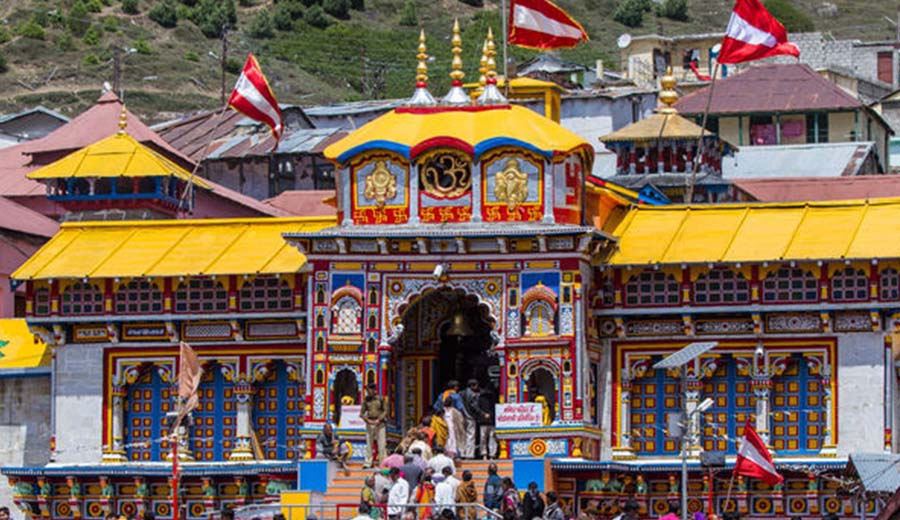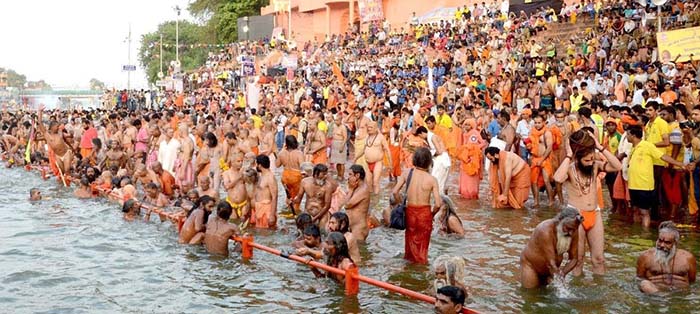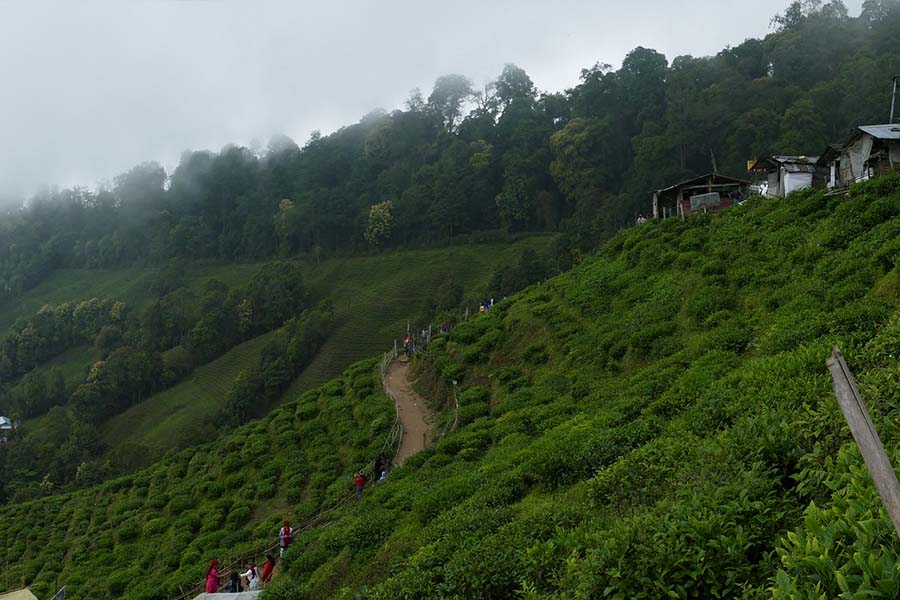Yamuna, Indian River of Life and Death
The Yamuna River, one of the great rivers of India, extends 855 miles (1,370 km) from its pristine source in the Himalayas, through the densely populated plains of Uttar Pradesh. It flows directly through Delhi slicing through the heart of massive urban sprawl. Continuing south, it flows behind the iconic Taj Mahal hidden from most tourist pictures who are unaware of its importance. The river makes its grand finale in Allahabad, where it joins the holiest Indian river, Ganges. From here the two most beloved rivers flow past Varanasi eventually making their way into the Bay of Bengal.
The holy Yamuna River also referred to as Jamuna, begins at the Yamunotri glacier near Banderpoonch peaks, in the Mussoorie range of the lower Himalayas. Yamunotri, the source of River Yamuna also forms the seat of Goddess Yamuna. Readers of the wildly captivating read, Sacred Waters, will recognize Yamunotri’s significance as one of the four pilgrimage sites comprising the Char Dham Yatra. There is a sacred shrine of Yamunotri or Yamnotri, near this source at an altitude of 3235 m. Pilgrims make their way to a temple dedicated to the Goddess Yamuna after the winter snow melts around May until the following November. A hot water pool at Yamunotri is used for the preparation of Prasad or offering, which is cooked in cloth bags by dipping them in the hot water. According to legends, Yamuna was Sun God or Surya`s daughter and was the sister of Lord Yama, the God of Death. Indian folklore states people who dip in the sacred waters of the Yamuna River are not besieged by death or fear.

The river provides irrigation and drinking water and generates electric power. The surroundings of the river attract abundant wildlife and ecological species. The Yamuna has also become severely polluted as with many of India’s rivers. Eighty percent of the country’s urban waste goes directly into the rivers. To combat the effects of years of runaway waste from manufacturers, slums, and the public casually using the river as a landfill, India has thus far spent $500 million in conservation and reclamation efforts. But reports show the pollution levels have continued to rise. With the 2010 Commonwealth Games hosted in Delhi, India began another round of investment into Yamuna’s health. An additional $500 million has been planned for the construction of new water treatment plants and other ancillary projects.

The open season of the famous Char Dham Yatra pilgrimage does not translate well with the tourist season. Travelers unable to dip in the clean Yamuna source will have to set their sights upon its flow further downstream. Himachal Pradesh holds several beautiful spots to visit the river in a pure form. Beyond HP, tourists can easily spot the Yamuna in Delhi, however, a better opportunity rests in Agra. Spectacular views come from the high perch near the rear minarets, an area most visitors don’t venture toward. Near the Taj Mahal, there is a nature walk with backside views of the monument as well as the river. Allahabad presents the final opportunity to view the Yamuna. Here the popular pilgrim spot, Triveni Sangam, is the site of the confluence of river Ganges, Yamuna, and Saraswati. It is also the site for Maha Kumbh Mela.



